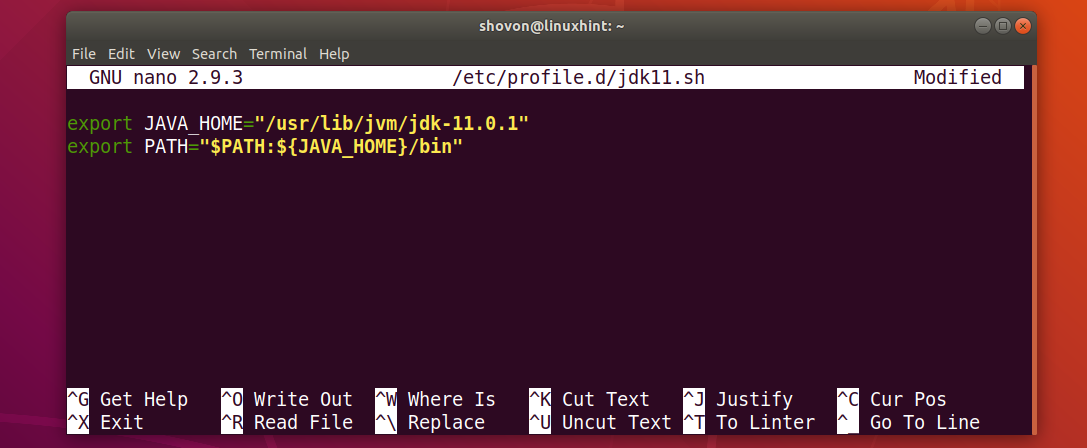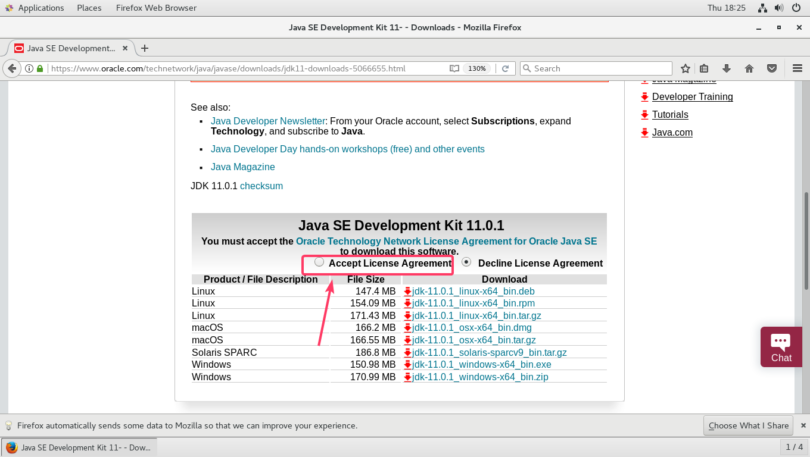

Now, we'll add Java binaries as Path variables.

Otherwise, delete the variable and try to set it again. If you see a result like the one below, everything is OK.

Don't use the old window, please, because changes on environment variables require restarting Command Prompt. To do that, open Command Prompt again by searching for cmd on Start Menu. Now, we'll verify whether JAVA_HOME is available. Type JAVA_HOME in Variable name field, and type the path where Java is located in the Variable value field. Then click on it on the search results.Ĭlick New under System variables section. Open Start Menu and type environment variables. We'll define this path as our JAVA_HOME environment variable now. You also can go there by following C:\Program Files\Java\jdk-version-you-installed\ path if you want. Open File Explorer and paste the location where Java was installed, and you've noted before. How to Configure Environment Variables for Java? 👏 Now, follow the next step to configure environment variables for Java.Ĥ. Since we've downloaded the 64-Bit installation file, Java will be installed on C:\Program Files\Java\jdk-version-number\ location. Note the destination folder because we need it when configuring environment variables. Since the installation needs administrator privileges, Windows 11 want to confirm to run it. Then click the download button.ĭouble-click on the downloaded file to start the installation. You'll see a disabled download button on the pop-up.Ĭheck the checkbox that I've shown below to accept the license agreement. Since we'll install it on Windows 11, we need to download. On this page, there are different installation files of Java for different operating systems. Click JDK Download link to start the download. When I'm writing this guide, the latest version of Java is SE 16. We'll download the latest version where is at the top of the page. On this page, there are some downloadable Java versions.

Otherwise, continue to follow the installation steps. If you see a response like javac 16.0.1, you already have Java on your PC, and you don't need to install it again. Type javac -version command on Command Prompt and hit Enter. In this case, run the command in 3rd step to check whether javac is already installed. response, it means you already have Java. If you see java is not recognized as an internal or external command, operable program or batch file response like on the image below, it means Java isn't installed on your Windows 11. Type java -version command and hit Enter.


 0 kommentar(er)
0 kommentar(er)
